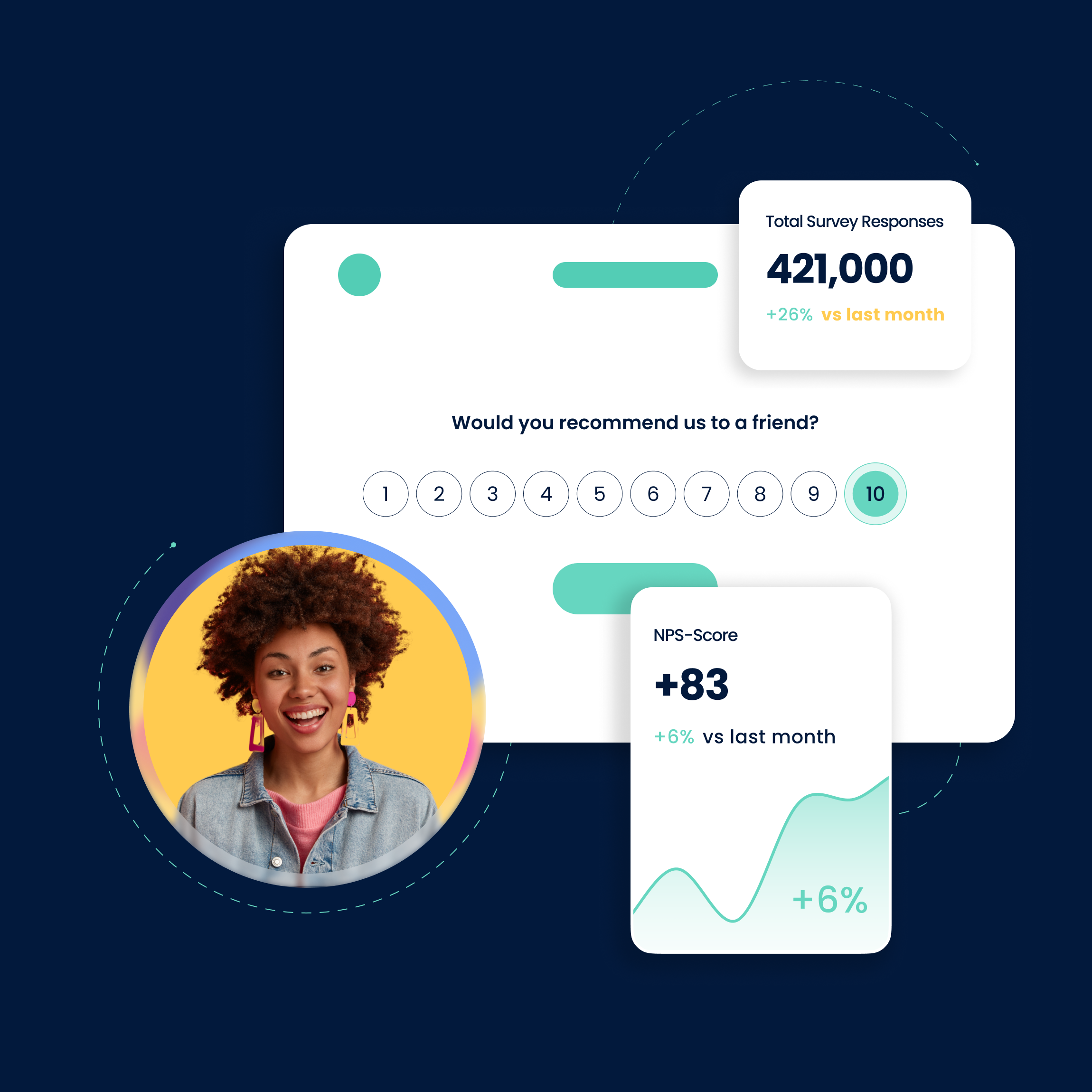Collect, Understand and Act on Customer Feedback. Leverage NPS.

zenloop helps to create easy AI-powered surveys for satisfaction measurement, NPS and beyond. Our CXM platform delivers actionable insights towards customers as well as in-house.
Collect Customer Insights
Gather customer insights at every interaction with your brand – especially the most decisive moments.
Define KPIs, the right channels to reach customers, and the best time to collect insights. Design and launch multi-channel surveys.


Automatically Analyze & Understand Feedback
Understand your next steps in order to translate customer insights into meaningful initiatives.
Identify key drivers of satisfaction and dissatisfaction through intelligent analysis, automatically cluster and categorize topics, and prioritize initiatives.
Interact, Retain & Win Back
Set automatic rules to win-back dissatisfied customers or involve fans in advocacy programs.
React to customer feedback at scale based on topic, sentiment, segments, or other defining criteria.

zenloop Customers in Numbers
719 189 602
That’s how much feedback zenloop customers have already received through our platform.
zenloop 2.0 – AI at the Heart of Everything
“Say goodbye to manual analysis and hello to actionable insights driven by AI.”
Automatically analyze customer feedback, and drive business opportunities without tedious labor.
We empower businesses to leverage customer feedback and take pride in offering an intuitive, easy to use platform – powered by AI.

Immediately boost ROI of CX initiatives by leveraging NPS insights!
Discover all the benefits of our AI-powered CX Management platform in a call with our experts.







